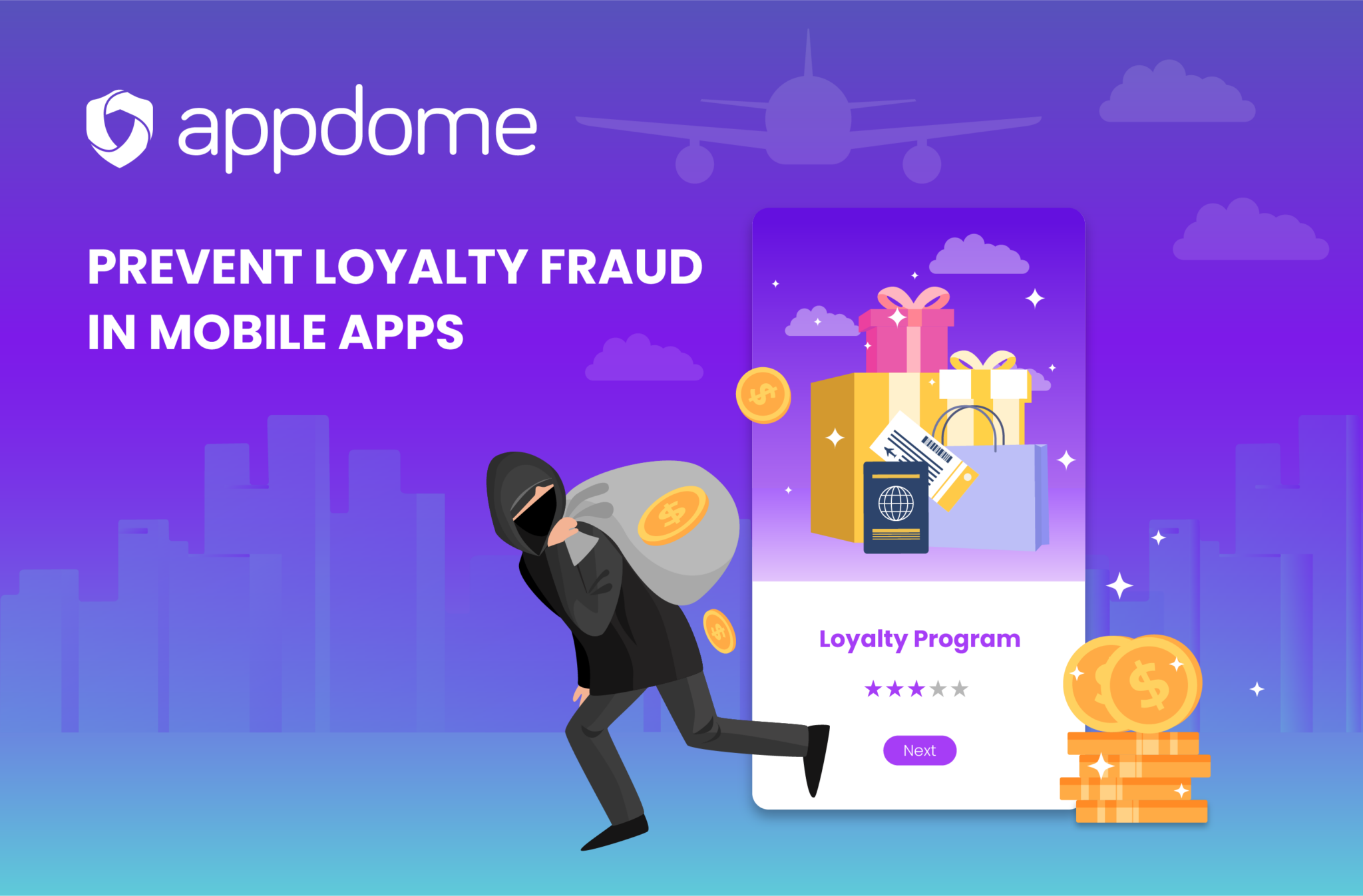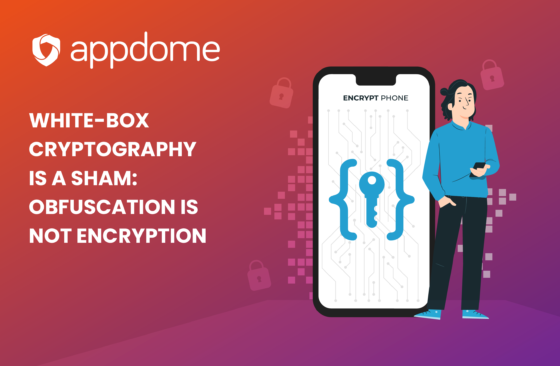Loyalty fraud, also known as loyalty program fraud, frequent flyer fraud, rewards fraud, loyalty points fraud, or hotel rewards program fraud, occurs when fraudsters exploit loyalty programs for financial gain. This issue affects airlines, hotels, retailers, and any consumer brand using points to reward customers for their loyalty. Fraud can be conducted on both small and large scale, from individuals exploiting vulnerabilities in loyalty programs to hackers and fraudsters conducting extensive schemes involving account takeovers and point theft. This blog focuses on fraud committed by hackers and fraudsters and provides insights on details the top 5 ways to prevent loyalty fraud in mobile apps.
The Scale of Loyalty Fraud
Loyalty fraud is a multi-billion dollar problem. According to The Wise Marketer, loyalty fraud amounts to over $1 billion globally. This significant figure is driven by the enormous volume of dormant loyalty points—over 48 trillion—sitting unused in loyalty and rewards programs worldwide. The market for loyalty programs is projected to grow to $13.8 billion by 2026, indicating that the issue of loyalty fraud is likely to escalate, demanding robust preventive measures.
Top Reasons Loyalty Fraud is Increasing
There are many reasons why loyalty fraud is increasing. Here are the top reasons we found:
- Unanticipated Fraud: Businesses often do not anticipate a high risk of fraud in loyalty programs, allowing fraudsters to operate under the radar.
- Easy Targets: Loyalty programs typically have multiple touchpoints along the customer journey, making them vulnerable. Security measures are often less stringent compared to other financial transactions.
- Growing Point Value: As businesses offer increasingly valuable loyalty points to attract customers, the incentive for fraudsters grows.
- Increased Liquidity: The numerous ways to redeem points make them attractive to hackers who can sell them on the dark web or cash them in directly.
- Identity Theft: Loyalty programs store valuable personal information, including credit card details and addresses, which can be exploited for further gain.
- Unclaimed Rewards: The large balance of unclaimed points is a significant lure for both small and large-scale fraudsters.
Types of Loyalty Fraud in Mobile Apps
Loyalty fraud in mobile apps involves tactics specifically designed to exploit the digital nature of mobile platforms. Here are six primary types:
- Account Takeover (ATO): Fraudsters use stolen credentials to access user accounts within mobile loyalty apps, allowing them to redeem points or rewards fraudulently.
- Fake Apps: Fraudsters create fake versions of loyalty and rewards apps, distributing them via unofficial app stores or SMS links. These fake apps can be used for account takeover attacks or to steal loyalty points.
- Bot Attacks: Automated scripts or bots create fake accounts, generate fraudulent activities, or scrape loyalty points. Bots can perform repetitive actions like completing fake transactions or referrals, overwhelming the system.
- Device Spoofing: Fraudsters manipulate or emulate mobile devices to create fake accounts or duplicate actions, bypassing security checks.
- Geo-location Fraud: Fraudsters use GPS spoofing apps to fake their location and claim rewards without being present at the required location.
- Phishing, Vishing, and Social Engineering: Fraudsters use techniques to trick users into revealing login credentials or approving fraudulent transactions.
Top 5 Ways to Prevent Loyalty Fraud in Mobile Apps
Preventing loyalty fraud in mobile apps requires a comprehensive, multi-layered mobile app defense approach. Here are five key protections app makers should build in their Android and iOS apps to prevent loyalty fraud in mobile apps and protect their consumers:
- Runtime Application Self-Protection (RASP): Implement Appdome ONEShield™ protections such as anti-tampering and anti-emulator measures to block attempts to modify, patch, or re-package mobile apps. This prevents hackers from using emulators and simulators to commit fraud.
- Anti-Bot Protections: Use Appdome MOBILEBot™ detection tools to distinguish legitimate app traffic from malicious bots. This can prevent credential stuffing attacks, which involve brute force attempts to access accounts.
- Geo-compliance: Apply Appdome Geo-Compliance to ensure accurate and authentic geo-location of mobile devices to comply with Know Your Customer (KYC) policies, regulatory restrictions, and authentication workflows. Detect and block location spoofing, fake GPS apps, and VPNs used by fraudsters.
- Social Engineering Protections: Build Appdome’s Social Engineering prevention into your mobile apps to protect consumers from voice phishing (vishing) scams, imposter scams, and other social engineering attacks designed to trick them into giving fraudsters access to their accounts or transferring loyalty points.
- Data Encryption and Code Obfuscation: Protect the loyalty points stored in the app with Appdome TOTALData™ Encryption and prevent reverse engineering attacks with Appdome TOTALCode™ Obfuscation.
Conclusion
Loyalty fraud is a significant and growing problem that demands robust protective measures. By understanding the various types of fraud and implementing comprehensive security strategies, brands in the airline industry, hotel sector and retail can safeguard their loyalty programs and protect their customers. See how easy it is to build protections in your Android and iOS apps to prevent loyalty fraud in mobile apps. Book your Appdome demo today!







